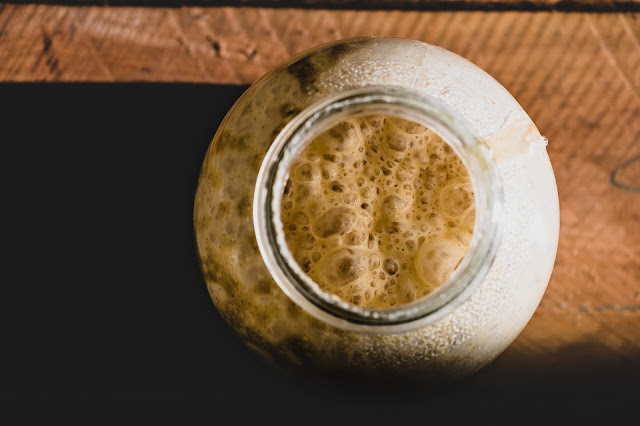This article from the Yorkshire Post in 2020 introduces us to Natasha Ellison, a former maths teacher who returned to university to complete a PhD, for which she studied some odd behaviour of long-tailed tits, birds native to Sheffield.

|
| A Long-Tailed Tit, by Tim Felce (Airwolfhound), CC BY-SA 2.0, via Wikimedia Commons |
These birds split up into groups around the local landscape, which is not something that non-territorial birds tend to do. Ellison and her team used mathematical modelling to try to understand it, developing techniques that could potentially applied to further studies of other parts of the animal kingdom. A research article authored by Ellison and other members of her team is available at the Journal of Animal Ecology (Open Access), and you can read the Yorkshire Post's article at the link below:












